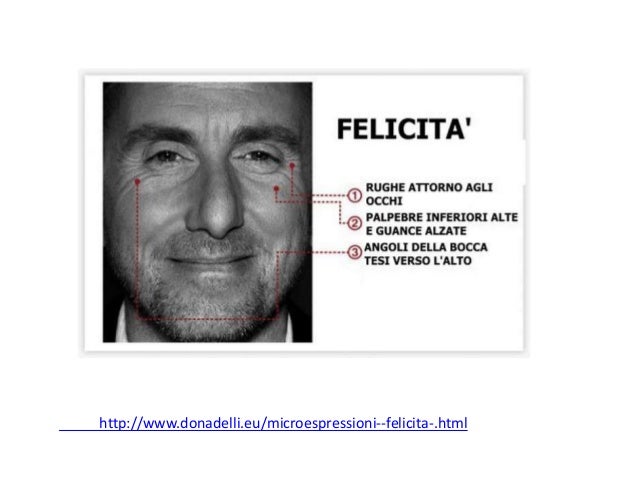6n6p v drajvere unch. We also found suicidal behaviour in females was associated with independent decision making and premarital sex, but not for males. However, we found an interaction between gender and rural residence indicating that the higher risk was restricted to rural women.
High-definition export NEW High-definition export Export your content in full high-definition video and audio — even from complex timelines or script-driven animations — all without dropping frames. Adobe flash professional cc crack amtlibdll.
PRODUCT INCLUDES FACS Manual – 527-page PDF Investigator’s Guide – 197-page PDF Score-Checker App Example photos and videos ACCESS After purchase you will be granted access to download a password-protected zipped file. PRODUCT INCLUDES FACS Manual – 527-page PDF Investigator’s Guide – 197-page PDF Score-Checker App Example photos and videos ACCESS After purchase you will be granted access to download a password-protected zipped file.
EMFACS (Emotion FACS) is a selective application of FACS scoring, in which the coders only scores behavior that is likely to have emotional significance. To do this, the coder scans the video for core combinations of events that have been found to suggest certain emotions (much like the prototypes in Table 10-2). The coders only codes the events in a video record that contains such core combinations — they use FACS coding to score those events, but they are not coding everything on the video. So EMFACS is FACS selectively applied. EMFACS saves time as one is not coding everything. The drawback is that it can be harder to get intercoder agreement on EMFACS coding as the coders have to agree on two things: 1) whether to code an event (a result of their online scanning of the video for the core combinations) and 2) how to code those events that they have chosen to code.

Bear in mind, EMFACS coding still yields FACS codes, so the data have to be interpreted into emotion categories. EMFACS is only a set of instructions on how to selectively FACS code in this way. The EMFACS instructions are only available people who have passed the FACS final test. The reason is that we have to make sure people have mastery of FACS before applying rules to use FACS selectively in this way.
This is based on the wishes of the authors of EMFACS — Paul Ekman and Wallace Friesen, and it makes good sense. Only people who know FACS as a comprehensive system can correctly apply it on a selective basis.
If you take the final test and pass, you can receive the document. We’ve been working on this for a while now and are excited to share these updates with you. The new site boasts a simpler navigation, a more mobile friendly design, and some fresh interactive content. Through all these changes, our goal remains the same: to provide science-based resources to help you better understand facial expressions and emotion.

We’ve just improved the look and feel to make it easier. If you’re a current user, don’t worry! We haven’t changed anything in your account. If you’re new here, we hope you’ll stay and take a look around.